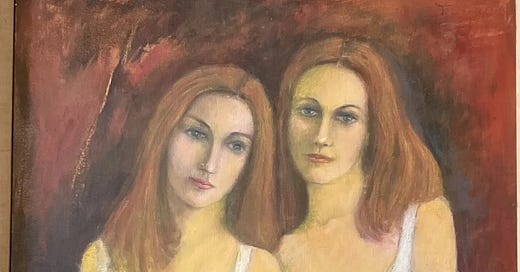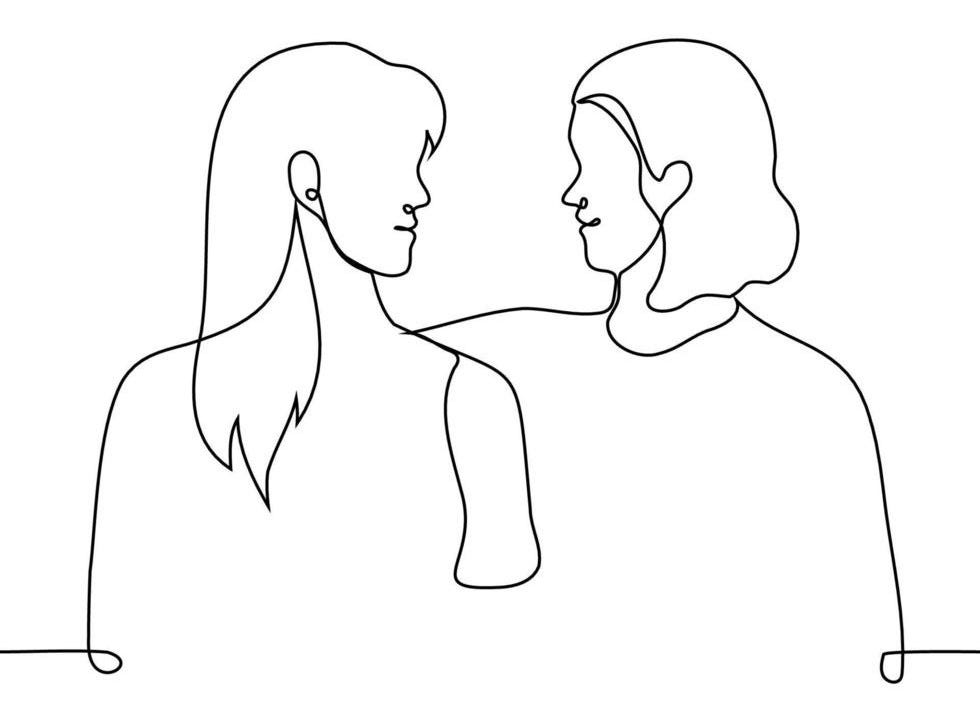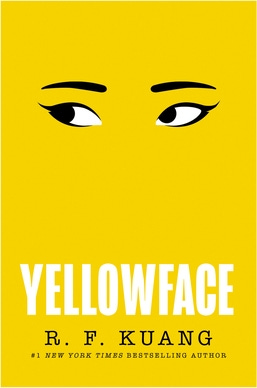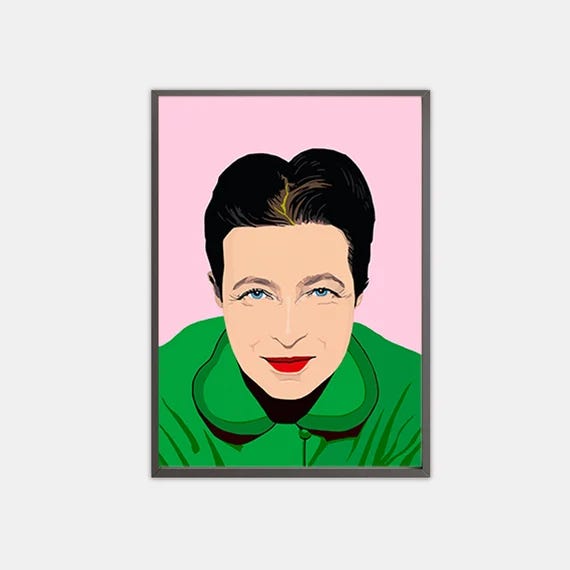Special thanks to David Abrams @ The Quivering Pen for guiding a cohort of new subscribers my way. Here’s what my subscriber graphic looks like this week:
Welcome to you all. I promise not to waste your time!
And a reminder:
David’s Lists 2.0 does lists. I think ought to look like lists, so I don’t gum them up with backstory, bibliographica, personal history, dollops of wry commentary—all of which I save for the Notes.
Today’s post grew out a book I was given for Christmas, The Book of Goose by Yiyun Li (2022).1 It’s a novel I’m sure will be among my best reads of 2025.2 Now that my reading’s skewed female in recent years, I’m (not surprisingly) seeing more books about friendships between women, and I’ve run into a bunch that depict the relationship between two girls—either sticking with the girlhood time frame or following them into young womanhood and beyond. Those novels (and several memoirs) are the focus of today’s list.
As a writer, I’ve always loved to consider how stories and novels are constructed—their POVs, chronologies/time frames, their tempos/speeds of delivery . . . how they do or don’t align with familiar plot shapes . . . how books related on the macro level (books about lost love, say, or catastrophe or recovery or emigration) fall into various subgenres.3
Here’s a sample of common patterns, architectures, emotional cores among two-girls novels:
Two girls are fast friends when young . . . one leaves, one doesn’t . . . they grow apart and are lost to each other . . . or reconnect later, the friendship re-igniting.
Two girls do something together that must forever remain secret . . . but (of course) doesn’t . . . or does but at too great a cost.
The friendship between two girls morphs into romantic love.
The friendship of two girls is shattered by the arrival of a third party . . . causing resentment/rivalry . . . or provokes a change of direction in one (or all) of them.
The story ends before they’re fully grown . . . or expands to take in later life, the slight misalignment between them in girlhood becoming more extreme over time.
One girl dies, the other mourns . . . or is haunted by the death/the dead girl’s spirit.
One girl learns a once-hidden fact about the other that changes everything.
One girl is both friend and nemesis of the other . . one betrays the other . . . one forgives the other . . . or can’t.
20 Two-Girls Novels/Memoirs:
The Lion Women of Tehran, Marjan Kamali (2024)4
*Yellowface, R. F. Kuang (2023)5
*The Book of Goose, Yiyun Li (2022)
Best of Friends, Kamila Shamsie (2022)6
The Last Year of the War, Susan Meissner (2019)7
Give Me Your Hand, Megan Abbott (2018) [crime]8
*Marlena, Julie Buntin (2017)9
The Burning Girl, Claire Messud (2017)10
The Hot One: A Memoir of Friendship, Sex, and Murder, Carolyn Murnick (2017)11
*Conversations With Friends, Sally Rooney (2017)12
Swing Time, Zadie Smith (2016)13
*The Natural Way of Things, Charlotte Wood (2016)14
Another Brooklyn, Jacqueline Woodson (2016)15
Truth & Beauty [autobiography], Ann Patchett (2009)16
*Fingersmith, Sara Waters (2002)17
Light a Penny Candle, Maeve Binchy (1982)18
Hood, Emma Donoghue (1995)19
*Sula, Toni Morrison (1973)20
Inseparable, Simone de Beauvoir (1954)21
Testament of Friendship [autobiography], Vera Britain (1940)22
[*I’ve read]
As you see, I’ve left out Elena Ferrante’s, Neapolitan Novels.23
Many of you will have read at least one—some of you are likely ardent fans. But, sad to report, I’ve read none. In light of her heavyweight-ness, it seems wise not to dip my oar into those waters until I do my homework.
Reminder:
The Birth Year Project: is still open for business . . .
You supply your birth year, I respond with a short list of books published that year—the popular/well-known titles first, then some books I'd recommend. If your year's already been done, I'll do an update. So far, we’ve done 21 years altogether, between 1944 and 1989.
[See BYP Index in navigation bar. Note: Due to a problem I’ve yet to solve, the list atop the Index is incomplete—several of the newest years aren’t included.]
Extra credit: You read one of the books (ideally one you're unfamiliar with), then tell me what you thought. If we get enough of these, I'll aggregate and post.
The Book of Goose: Several commenters @ Goodreads aren’t totally enamored with this novel and suggest going straight to Ferrente. But many love it, as I did. Below is a YouTube review by a Brit—you can take in the first half without encountering spoilers; he gives a good set up of the plot.
Best Reads: Along with the one I’m halfway through, The Book of Form and Emptiness, Ruth Ozeki (2021)—read almost 200 pp. yesterday (despite starring in the film, Honey, I Shrunk My Attention Span)!
[Update: Finished, highly recommended.]
Subgenres: In this Substack’s early days, I did a kind of taxonomy of very slim novels—their various angles of narration, formats, containing devices (such as the duration of one night), and so on:
Kamali:
Meissner:
https://www.alwayswithabook.com/2023/01/the-last-year-of-the-war-by-susan-meissner.html
Abbott:
https://www.meganabbott.com/
Buntin: I wrote about this novel in an earlier post:
Messud: Well-respected contemporary American/Canadian/French novelist; many readers discovered her via her sixth novel, The Woman Upstairs (2013).
https://www.clairemessud.com/
The Burning Girl generated wildly mixed notices by critics and readers. You can sample the spectrum of opinion at LitHub’s Bookmarks page:
https://bookmarks.reviews/reviews/all/the-burning-girl/
[If you’ve not seen this, LitHub’s Bookmarks feature aggregates a book’s reviews (with links)—a very handy tool.]
Murnick:
https://www.carolynmurnick.com/
Rooney: Her first novel. The voice/mind behind the story sucked me in—I knew I’d keep reading her work, and I have. You just feel that way about some writers. You eventually let go of some . . . the attraction wears off, or the books keep mining the same vein, or you sour on some aspect of the writer’s attitude/limitations, or you can’t keep up with the writer’s output [Oates, Trollope? Gimme a break.], or the books veer into subjects that put you off, or whatever.
If I had to rank Rooney’s four novels, this would be fourth, but that’s unimportant—she’s in my flock; she’s still young, still developing.
[The limited series made from her second novel, Normal People (2018)—with Daisy Edgar-Jones and Paul Mescal as Marianne and Connell—was terrific, IMHO.]
https://en.wikipedia.org/wiki/Sally_Rooney
Zadie Smith: I plan on reading this. Oddly, I loved White Teeth (2000), but haven’t kept up with her. She’s a major writer—serious, seriously funny, prolific, one window into London’s diverse post-colonial population.
https://en.wikipedia.org/wiki/Zadie_Smith
Charlotte Wood: Australian. I’m eager to read her newest novel, Stone Yard Devotional (2023). The Natural Way of Things has a somewhat mysterious reality, a not-quite-explained dystopian setting in which two young women (and others) is
https://en.wikipedia.org/wiki/Charlotte_Wood
Woodson: Bestseller, widely praised.
https://jacquelinewoodson.com/
Patchett: You’ve likely read at least one of her novels—my pick is Commonwealth (2016). You may also know she co-owns a Nashville bookstore, Parnassus Books, and is a public advocate for indie books and bookstores.
Truth & Beauty is nonfiction, the story of her relationship with poet/memoirist, Lucy Grealy [Autobiography of a Face (1994)], her friend from the Iowa Writers’ Workshop. Grealy was severely disfigured/traumatized by childhood cancer—she died of a pain-related drug overdose at 39. The Grealy family, according to Wiki . . . publicly opposed . . . Patchett's memoir which included excerpts from private letters . . . as well as depicting Grealy's open attitude towards sex, an abortion, and her heroin use.
https://en.wikipedia.org/wiki/Ann_Patchett
https://en.wikipedia.org/wiki/Truth_%26_Beauty:_A_Friendship
Waters: Welsh, lesbian, thrice short-listed for The Booker—another writer whose novels I automatically put on my TBR list. Several have Victorian time frames.
Tipping the Velvet (1998), Affinity (1999), Fingersmith (2002) are each engrossing and page-turnery. My favorite might be The Night Watch (2006), set during the London Blitz.
https://thebookerprizes.com/the-booker-library/features/where-to-start-with-sarah-waters-a-guide-to-her-best-books
Binchy: Irish, a six-footer, journalist, writer of 17 novels. I tend to choke at the descriptor “beloved,” but Binchy was that, a writer whose death was announced on the telly. Her portrait hangs in the National gllery of Ireland.
Light a Penny Candle was her debut.
https://en.wikipedia.org/wiki/Maeve_Binchy
Donoghue: Irish/Canadian. Like many readers, I came to Donoghue via Room (2010), the harrowing story of a woman and son held captive for years by a psychopath—the book’s extraordinary power comes from the boy’s understanding of his severely limited world (it was actually her seventh novel). She’s written fourteen to date, along with story collections, plays and screenplays.
Hood was her second novel, winner of the 1997 Stonewall Book Award. Here is a bit of Donoghue’s description of the book:
Penelope O’Grady and Cara Wall are risking disaster when, like teenagers in any intolerant time and place—here, a Dublin convent school in the late 1970s—they fall in love. . . . Cara, the free spirit, and Pen, the stoic, craft a bond so strong it seems as though nothing could sever it, not even Cara’s infidelities. But thirteen years on, a car crash kills Cara and rips the lid off Pen’s world. Pen is still in the closet, teaching at her old school, living under the roof of Cara’s gentle father, who thinks of her as his daughter’s friend. How can she survive widowhood without even daring to claim the word?
https://www.emmadonoghue.com/
Morrison: The 1993 Nobel Laureate. Sula was her second novel [after The Bluest Eye]. Another short one, but the writing is mature, richly evocative, voicey.
https://en.wikipedia.org/wiki/Toni_Morrison
Want a sentence?
But it was a love that, like a pan of syrup kept too long on the stove, had cooked out, leaving only its odor and a hard, sweet sludge, impossible to scrape off.
Simone de Beauvoir: Like many of you, I knew de Beauvoir as the writer of The Second Sex (1949) and paramour of Jean-Paul Sartre . . . but didn’t know she wrote novels. This one dates from 1954 but wasn’t published until 2020 when a French edition was issued; in 2021 two different English translations appeared, one in the U.K., one in the States
https://en.wikipedia.org/wiki/Simone_de_Beauvoir
Vera Britain: From Wiki: . . . an English Voluntary Aid Detachment nurse, writer, feminist, socialist and pacifist. Her best-selling 1933 memoir Testament of Youth recounted her experiences during the First World War and the beginning of her journey towards pacifism.
But this book, Testament of Friendship, is about her complex relationship to writer, Winifred Holtby (South Riding, 1936). Holtby who lived with Britain and her husband, died at age 37 of Bright’s Disease.
https://en.wikipedia.org/wiki/Winifred_Holtby
Ferrente:
In Italian: 2011-2014.
In English, translated by Ann Goldstein: 2012-2015 [Europa Editions].
https://en.wikipedia.org/wiki/Neapolitan_Novels











I loved The Lion Women of Tehran and Yellowface.
For a rewarding example of the last of your two-girl patterns, check out Atwood’s Cat’s Eye.